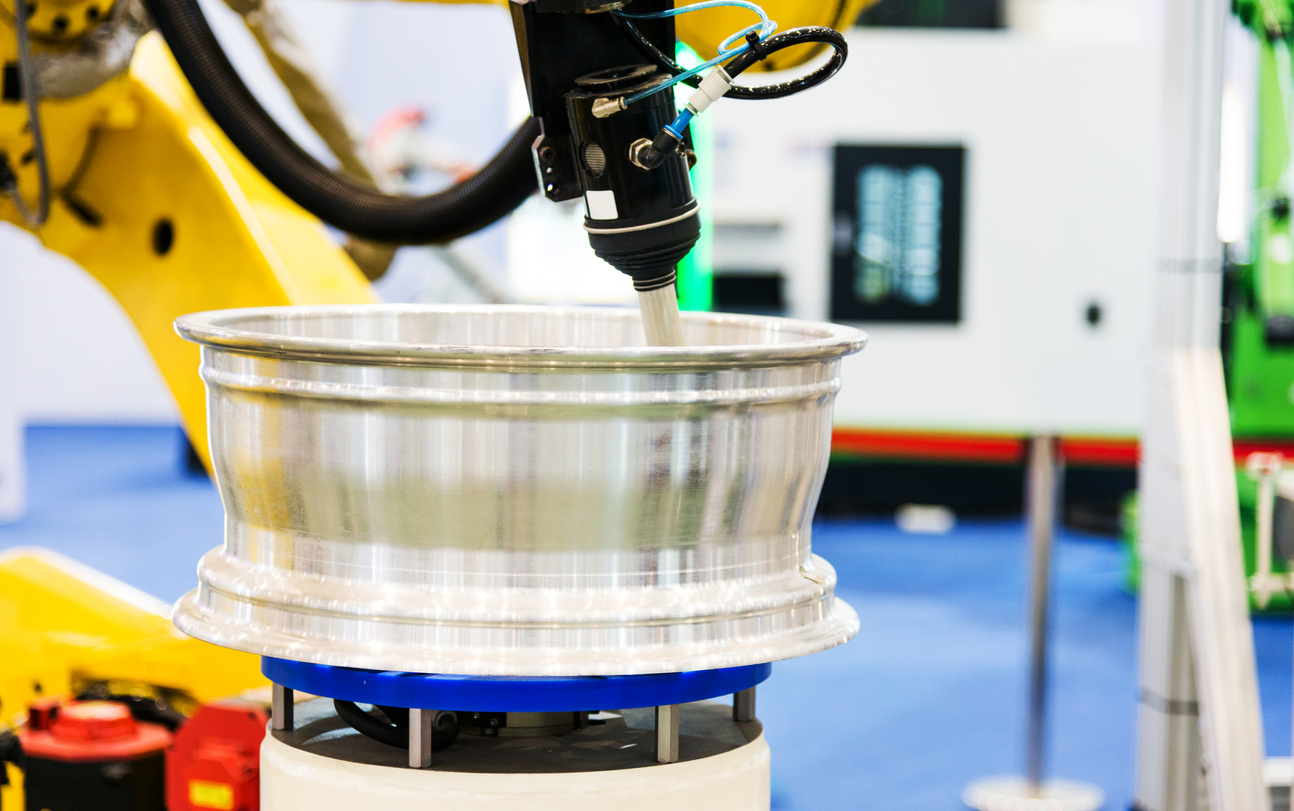7 Tips for Improving the Cost of Robotic Welding Operations

Robotic welding often creates higher levels of productivity in any facility when compared to manual processes. However, this doesn’t mean there’s no room for improvement once welding robots are programmed and installed. Quite the opposite, in fact, robotic welding processes can always be optimized.
Fortunately for robot users, there are many different ways to continuously reduce the cost of robotic welding for higher overall productivity.
How to Reduce Costs in Robotic Welding Processes
Robotic welding systems are complex automation equipment that require proper care during operations. Welding robot users should do as much as they can to minimize the costs associated with robotic welding processes.
Use robotic welding peripherals: reamers, contact tips, wire cutters, inspection tools and more are all essential components of a robotic welding system. Welding robot users not leveraging peripherals are missing out on major opportunities for improved efficiency.
Optimize filler metal packages: filler metal package changeovers create downtime for manufacturers. Optimizing the size of these packages by ensuring they’re large enough to last a few days minimizes the number of required changeovers and promotes higher productivity.
Prevent poor wire feeding: issues arising from poor wire feeding can shut down production and damage equipment. Proper trimming and installation helps promote uptime and enhances the equipment lifespan.
Extend contact tip life: those using contact tips should perform regular maintenance on contact tips to extend their lifespan and minimize changeovers to improve productivity and reduce inventory costs.
Protect reamer cutting blades: broken cutting blades in reamers increases the cost of peripherals and slows production. Ensure nozzles are in the proper position to avoid breaking cutting blades in the reamer.
Leverage training programs: many robot integrators offer in-depth training programs for operators. Keeping robot operators up to date on the latest safety and productivity techniques keeps robots at peak performance.
Implement preventative maintenance programs: all equipment is subject to wear and tear and will inevitably age past its useful service lifespan. Preventative maintenance extends the lifespan of equipment and helps avoid unnecessary downtime for higher productivity.
Robotic welding offers manufacturers many different productivity benefits. However, robotic welding equipment needs to be properly cared for to fully realize these benefits. The 7 tips listed above will help robot users maximize the productivity potential of their robotic welding systems.
To learn more on this topic, continue reading about Genesis Systems’ industry leading robotic welding integration services.
Posted in Robotic Welding
